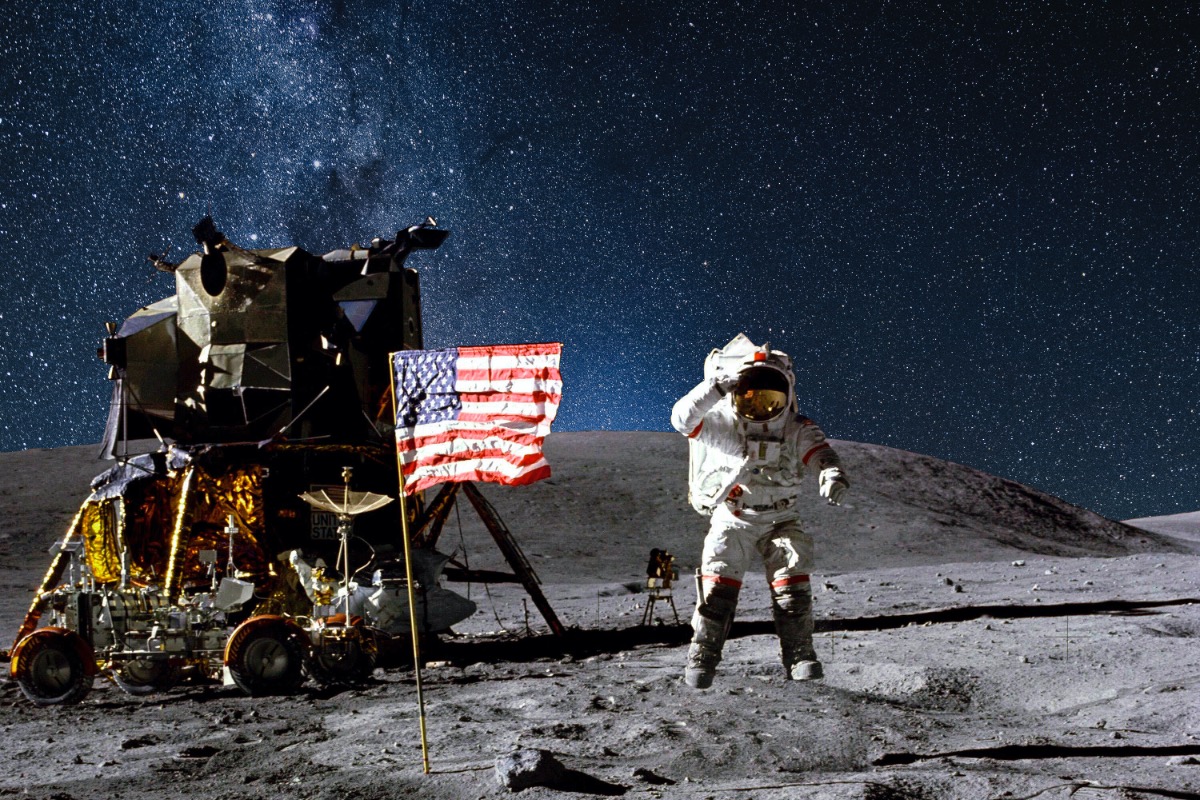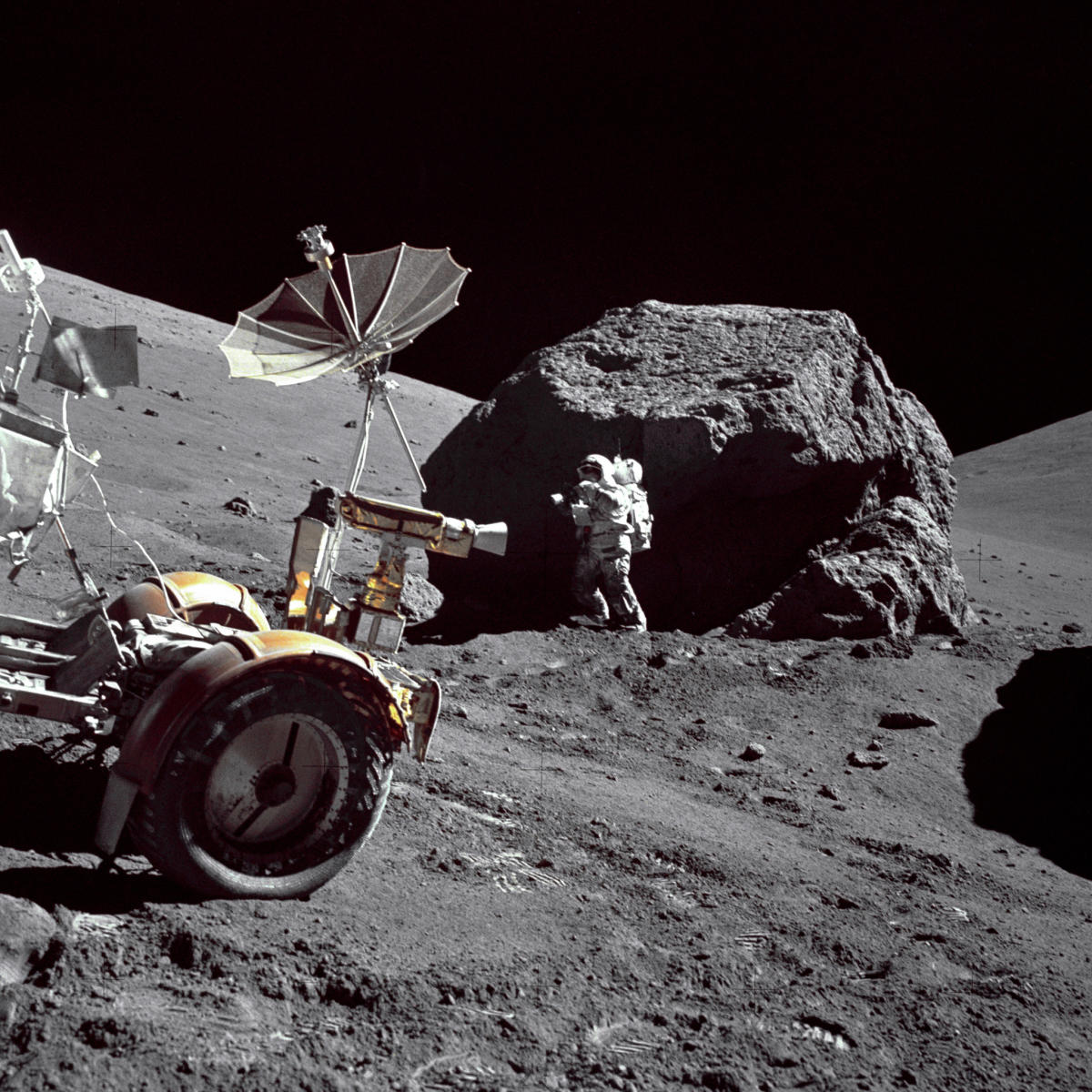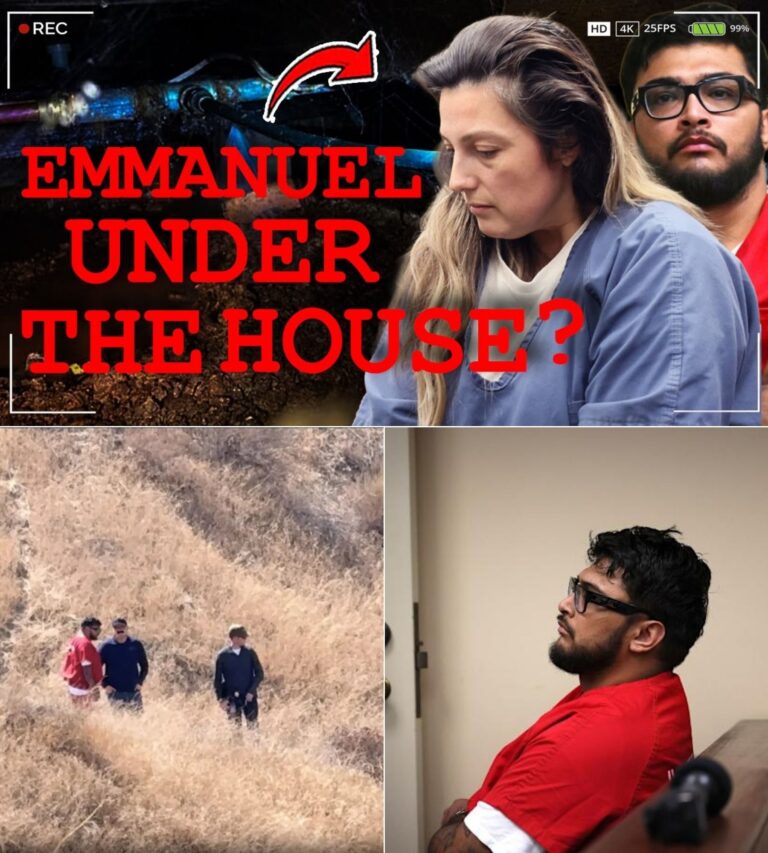In a jaw-dropping scenario straight out of a scientific thriller, researchers in a new speculative docudrama claim to have uncovered a shocking “genetic mystery” surrounding the Aztecs — one that, if true, would rewrite everything we thought we knew about Mesoamerican history and ignite the most explosive archaeological debate of the decade.

According to the dramatized narrative, ancient DNA pulled from burial sites across central Mexico reveals startling patterns that suggest the rise of the Aztec Empire may have been accompanied by massive demographic transformations — transformations so abrupt and so pervasive that they challenge long-held ideas about cultural assimilation, migration, and identity in the pre-Columbian world.
The Genetic Puzzle That Shouldn’t Exist
In this fictional scenario, researchers analyzing mitochondrial DNA from Tlatelolco and surrounding sites emerge with a stunning revelation:
the genetic markers of earlier populations — including the Otomí, one of the region’s most ancient cultural groups — appear to vanish almost entirely from the sampled remains within a shockingly short time frame.
Not slowly.
Not gradually.
Almost instantly, in archaeological terms.
The docudrama frames the discovery as a “genetic cliff,” an eerie drop-off in lineage continuity that terrifies scientists within the story.
**Forced Relocation?

Cultural Absorption?
Or Something Far More Disturbing?**
Within the dramatized narrative, experts grapple with possibilities:
-
Were entire populations moved en masse?
-
Did war, famine, or disease create demographic voids the Aztecs later filled?
-
Did political reshaping play a larger role than previously believed?
The speculative documentary never claims genocide — instead it raises questions, uncertainties, and chilling unknowns, presenting the “vanishing lineages” as a scientific mystery rather than proven historical fact.
A Patchwork Empire, Not a Singular People
The fictional researchers uncover something else: the Aztec genetic profile appears far more diverse than previously imagined. Within the story, multiple distinct lineages converge, overlap, and diverge during the empire’s peak, suggesting an identity shaped by migration, intermarriage, diplomacy, and shifting alliances.
This portrayal challenges the idea of a monolithic Aztec ethnicity — presenting instead a fluid, dynamic coalition of peoples forging an imperial identity through necessity, not uniformity.
Culture, Language, and the Ghosts of Erased Civilizations
The docudrama draws provocative parallels between the genetic discontinuities and the sudden disappearance of certain languages, artistic traditions, and localized religious practices.
But again — all framed as questions, not conclusions.

Did cultural shifts accompany demographic change… or vice versa?
No one knows. That’s the haunting power of the narrative.
A Story Designed to Shock the System
Historians within the fictional documentary warn that ancient DNA is a complex puzzle, often incomplete, easily misinterpreted, and incredibly sensitive to sample bias.
But they also admit: if even fragments of this dramatized scenario held truth, they would reshape our understanding of:
-
ancient migration
-
imperial policy
-
cultural assimilation
-
and the very nature of pre-Columbian civilization
The Message Behind the Myth
In the end, the docudrama uses its speculative premise to deliver a larger point:
ancient civilizations were far more dynamic, complex, and turbulent than simplified narratives allow.
The Aztec Empire — like all great empires — may have been shaped by forces far more intricate than legend, lineage, or conquest alone.
History, Mystery, and the Shadows of the Past
As fictional researchers in the story race to uncover new clues, one truth becomes clear:
Ancient DNA has the power to reveal stories we never expected —
and force us to question histories we thought we understood.
This is not the final chapter.
It is the opening of a deeper mystery — one that challenges us to think bigger, dig deeper, and confront the ghosts of civilizations long gone.





